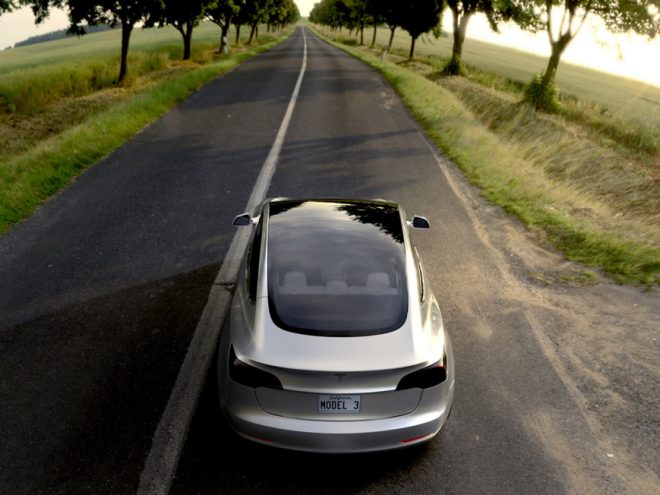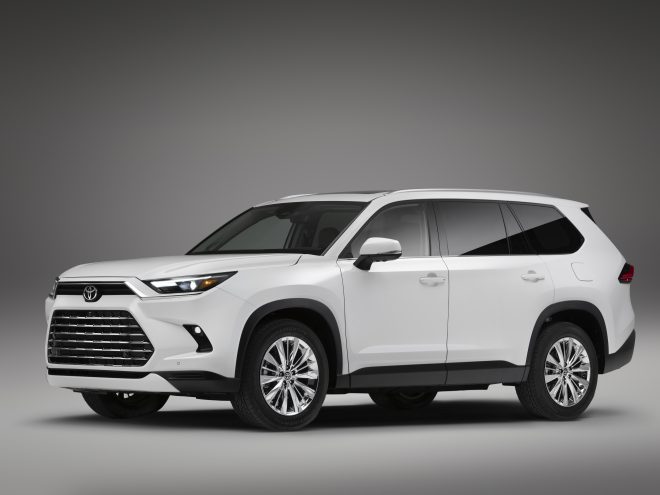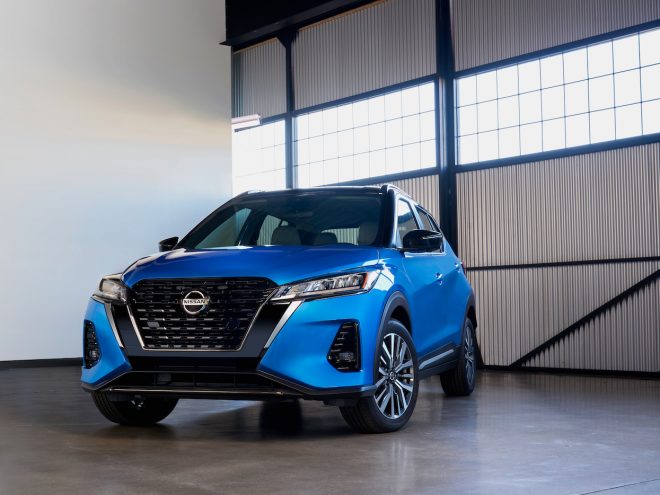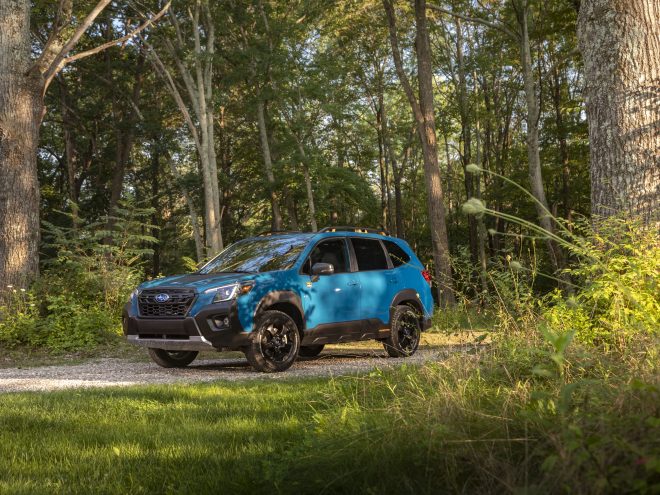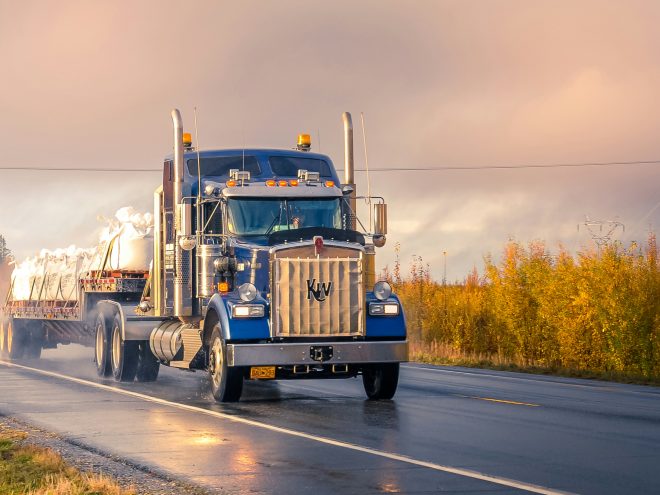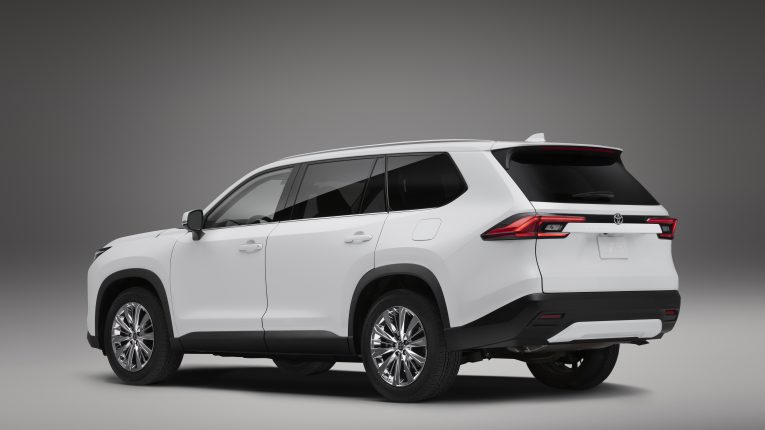
How To Make A Pickup Truck More Fuel Efficient
There are many benefits to owning a pickup truck. However, fuel economy is not one of them. While pickup trucks have come a long way from the heavy gas guzzlers that they used to be, they are still not as fuel efficient as most other domestic road vehicles. However, you can make them more fuel efficient through a mix of good driving habits and modifications. For those pickup owners that want to pay less at the pump, here are a few tips on how to spend less on fuel.
Gear up
If you own a manual pickup, one of the easiest and most effective ways to save money on fuel is to consider how you use your gears. Trying to drive too fast in too low a gear results in more revs and more fuel being consumed. It’s much better to drive in the highest gear that you can get away with (just don’t drive so slow that the car starts juddering, as you could end up damaging the motor).
Of course, if you’re going uphill, you’re going to want to select a lower gear to give you the power you need. However, otherwise you should make it your mission to reduce those revs.
Feel the pressure
Under inflated tires can create more drag on your vehicle and can have a significant impact on your truck’s fuel economy. They don’t have to be flat either – even driving on tires 5 PSI below the recommended gauge is enough to reduce your tire spin.
Get into a habit of regularly checking your tire pressure to make sure that your tires are well inflated. This is particularly important before long journeys.
Change your oil
Regular oil changes will also improve your truck’s fuel economy. Fresh oil can help to keep engine parts better lubricated so that they move with less resistance and require less fuel to get moving.
It’s worth getting an oil change every 3000 to 5000 miles. Learning to do an oil change yourself could save you a lot of money spent having to visit a mechanic each time.
Lose some weight
If you often carry around equipment in your pickup that you don’t need, it’s possible that you could be consuming more fuel than necessary. Every extra 100 pounds taken out of your truck could increase the fuel economy by 1 to 2 per cent. This is because the heavier the vehicle, the more rolling resistance, resulting in more fuel needed to turn those wheels.
Think about what you actually need to keep in your pickup. It could be necessary to carry your work tools around when attending jobs, but do you really need to carry them around when going grocery shopping or visiting a friend? Pickup can make useful extra storage spaces, but treating them as a permanent moving shed could have its disadvantages.
On the topic of losing weight, it could also be worth considering removing any unnecessary modifications that you don’t make use of. Winches and tow bars can be useful features for some truck owners, but others may never use them – don’t be afraid to remove these modifications if they’re just sitting there gathering rust, as you could save yourself money in fuel.
Improve aerodynamics
One big reason as to why pickup trucks guzzle fuel is their shape. Lack of aerodynamics creates more resistance, which means you have to use more fuel to get them up to speed.
Improving the aerodynamics of your truck could help you to use less fuel. There are a few modifications that you can make to a pickup truck to achieve this.
One improvement that you can make to the front of your vehicle is installing an air dam. This helps to keep your truck more stable at high speeds and in doing so can help you to consume less fuel. Air dams for trucks can be bought online for as little as $200, although you may pay a little extra for labor.
You can also add a tonneau cover or tarpaulin over your truck bed. This helps more air to pass over the vehicle, instead of flowing into the tonneau where it can create resistance. This in turn can lead to reduced fuel consumption. Such covers are of course removable, so you can still access your truck bed and pile it up with items when necessary. You can buy tonneau covers online for anywhere between $300 and $1500.
Upgrade the exhaust
Exhaust upgrades like the F150 Ecoboost exhaust can also help you to consume less fuel by improving airflow through the exhaust system. Without these upgrades, excess gases are more likely to build up in the engine, reducing its efficiency.
Some trucks already have fairly eco-friendly exhausts, but most of them can still be improved further. Exhaust upgrades can cost anywhere from $300 to $2000 in total depending on the extent of the upgrade.
Use cruise control
Many drivers can save as much as 7 to 14% on gas by using cruise control. This feature can allow you to fix your vehicle at a specific speed without having to keep your foot on the gas.
Many modern pickup trucks have adaptive cruise control as listed here at A Man And His Gear. Such a vehicle is best used on highways where you’re more likely to stay at a specific speed for long periods.
Crack open a window
Turning on the air con in your truck can guzzle a lot of fuel. In fact, using air conditioning in most vehicles increases fuel consumption by 8 to 10%.
If it’s a sweltering hot day, then it’s certainly worth turning on the air con. However, if it’s just mildly hot outside, consider cracking open a couple windows in the car instead to let some cool air in. Providing that it’s cooler outside the car than inside the car, it’s generally better to open a window. In fact, for the five minutes of driving a hot car, it’s usually more effective to wind down windows as it allows the hot air to quickly escape.
Use progressive braking
Harsh late braking can increase the need to come to a stop, which means having to accelerate back up to speed again. This uses up more fuel.
Gradual early braking can prevent you from having to come to a stop as often. If there is a red light ahead, you can brake slow enough that you don’t have to come to a full stop before it turns green, reducing the amount of gas required to speed up afterwards.
Obviously, you won’t always be able to brake slowly. However, by leaving enough space between you and the vehicle in front and always looking ahead, you should be able to give yourself more time in most situations. This is a good habit to get into both for fuel economy and safety.
Don’t idle
Finally, when stopped for long periods, it’s worth getting into a habit of turning off the engine. Idling can use up ½ gallon of fuel per hour, which may not sound like much, but it can add up over the weeks if you’re often waiting to pick people up or sat in traffic at a standstill.
Contrary to popular belief, engines do not need time to warm up in winter. While this was once a case, most modern engines are built to warm up rapidly while driving – even in extreme cold temperatures. Those 20 minutes spent warming up your car engine could be just wasting fuel.

